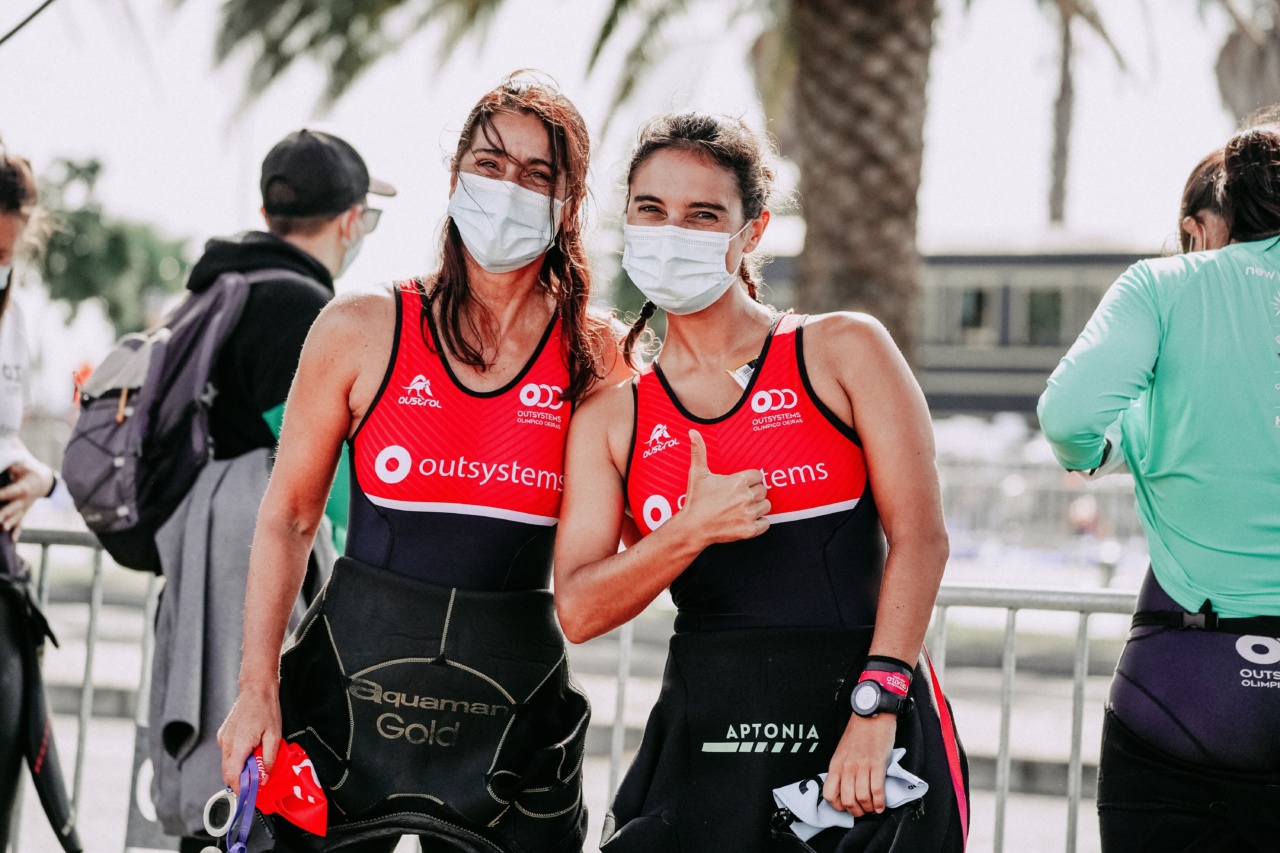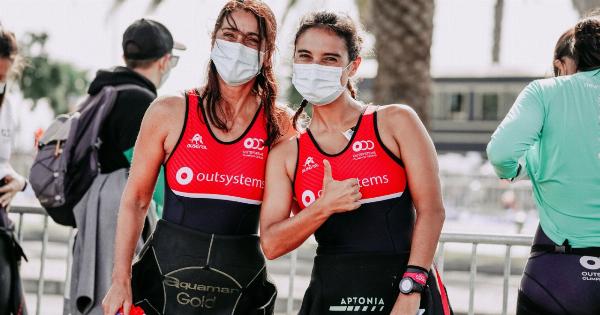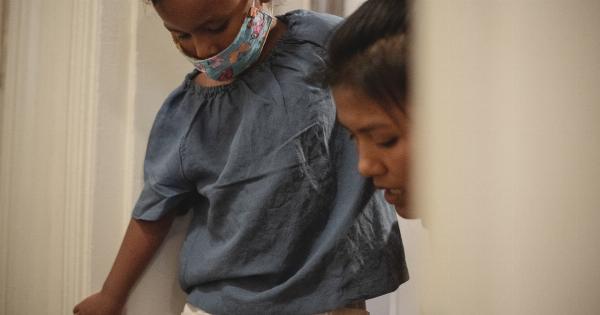With the COVID-19 pandemic spreading across the globe, face masks have become an essential accessory in our daily lives. They are designed to protect us and those around us from the transmission of the virus.
While wearing masks is crucial, it has presented a new challenge for exercise enthusiasts.
The Importance of Face Masks during Exercise
Exercise is crucial for maintaining a healthy lifestyle, both physically and mentally. It boosts our immune system, reduces stress, and improves our overall well-being.
However, with the introduction of fabric masks, exercising has become a bit more arduous. It’s important to understand why wearing masks during physical activity is essential.
How Fabric Masks Affect Breathing during Exercise
Fabric masks, especially those designed for non-medical use, can significantly impact our breathing during exercise. They create a barrier that restricts airflow and makes it harder to take in the required amount of oxygen.
When we exercise, our muscles require more oxygen to perform optimally, and wearing a mask can pose challenges in meeting this demand.
Choosing the Right Fabric Mask for Exercise
Not all fabric masks are created equal when it comes to exercise. Some masks are better suited for physical activity than others. Here are a few key factors to consider in choosing the right fabric mask for your workout:.
1. Breathability
Look for masks made from breathable materials such as cotton or linen, which allow air to flow more easily. Avoid masks made from synthetic materials that may trap moisture and hinder breathability.
2. Fit and Coverage
Ensure that the mask fits securely over your nose, mouth, and chin without gaps. A snug fit provides better protection and prevents the mask from slipping during exercise.
3. Moisture-Wicking Properties
Sweating during exercise is natural, and the moisture can make mask-wearing uncomfortable. Opt for masks with moisture-wicking properties that help absorb and evaporate sweat, keeping you cool and dry.
4. Accessibility of Air Vents
If you engage in high-intensity activities, consider masks with built-in air vents or mesh panels. These features enhance airflow and make breathing easier during intense workouts.
5. Washability
Regular washing of fabric masks is essential to maintain hygiene. Look for masks that are machine washable and can withstand frequent laundering without losing their effectiveness or shape.
Tips for Exercising with a Fabric Mask
While wearing a fabric mask during exercise can be challenging, these tips can help you adapt to this new normal and stay active:.
1. Start Slow and Gradually Increase Intensity
If you’re new to exercising with a mask, start with low to moderate-intensity activities and gradually increase your workout’s intensity. This allows your body to adjust to the reduced airflow and breathing resistance.
2. Listen to Your Body
Pay attention to how your body responds to exercising with a mask. If you experience dizziness, lightheadedness, chest pain, or difficulty breathing, it’s essential to slow down or take a break.
3. Stay Hydrated
Proper hydration is crucial during exercise, especially when wearing a mask. Drink plenty of water before, during, and after your workout to stay hydrated and compensate for increased respiratory moisture loss.
4. Opt for Outdoor Workouts
Whenever possible, choose outdoor workouts over indoor ones. Outdoor spaces generally provide better ventilation and reduce the risk of mask-related discomfort due to improved airflow.
5. Practice Proper Mask Hygiene
Avoid touching the front of your mask while exercising and try to keep it in place throughout your workout. Once you’re done, remove the mask by touching only the ear loops or ties, and wash or sanitize your hands immediately.
The Future of Exercise with Fabric Masks
As the pandemic continues to disrupt our lives, fabric masks are likely here to stay, at least in the near future. While they present new challenges for exercise enthusiasts, adapting to the circumstances is crucial for our overall well-being.
Manufacturers are continuously working on developing more breathable and comfortable fabric masks specifically designed for exercise, which will make it easier for people to maintain their fitness routines while staying safe.
Conclusion
Although exercising with fabric masks may require some adjustment, it is imperative to prioritize our safety and that of others.
By selecting the right mask and following the recommended tips, we can continue to enjoy the benefits of physical activity while protecting ourselves and our communities from the spread of COVID-19.































